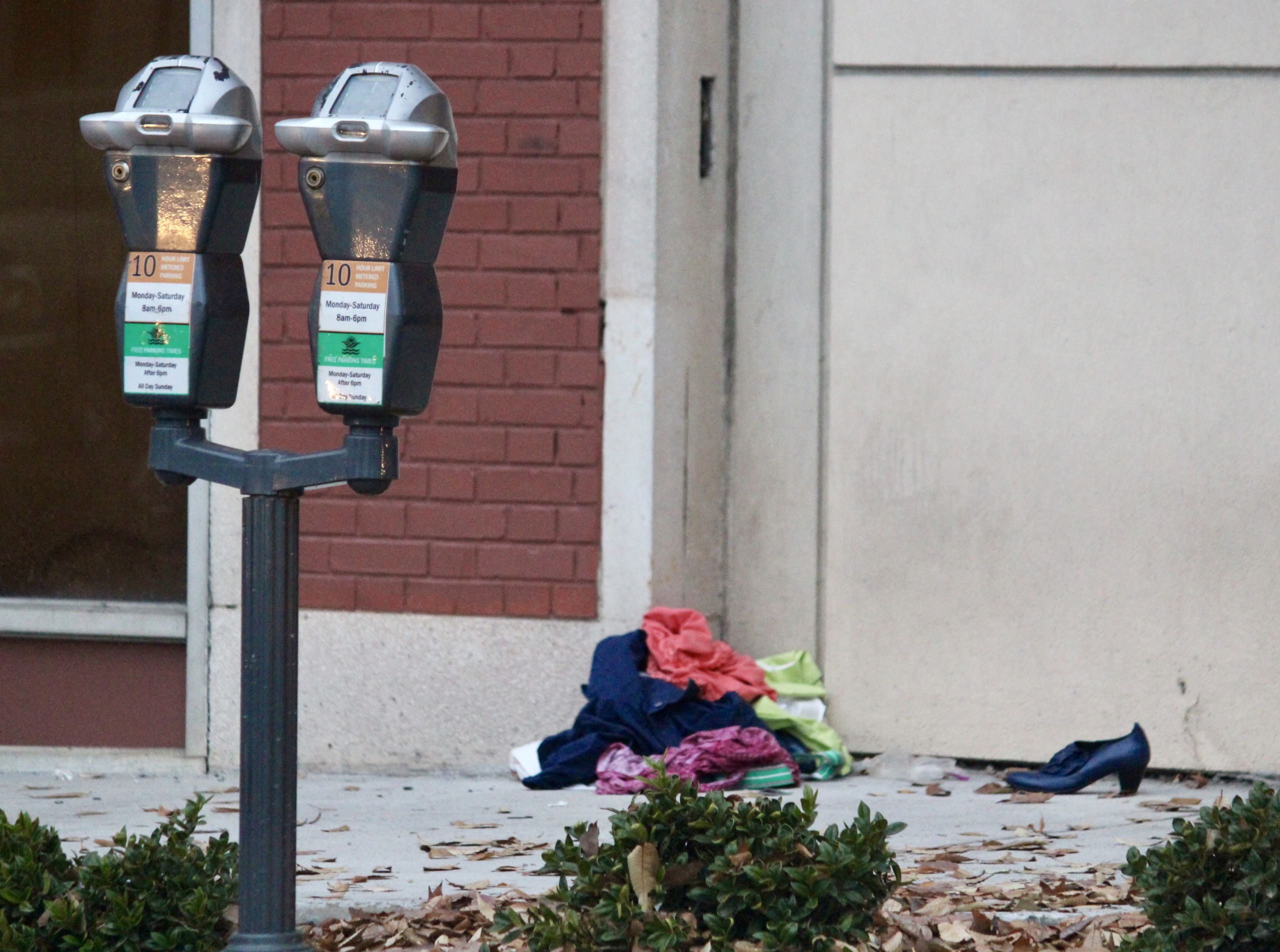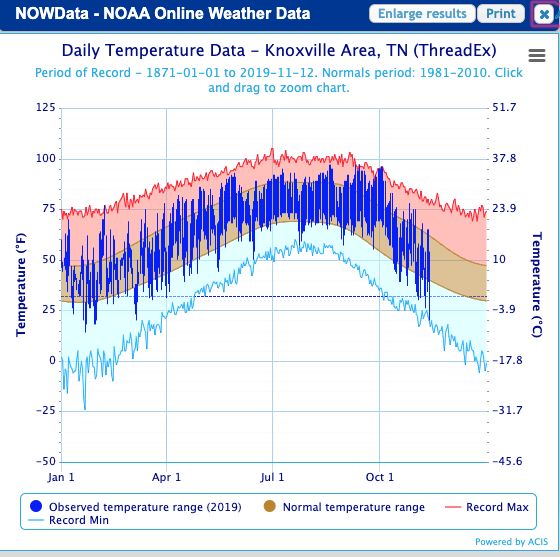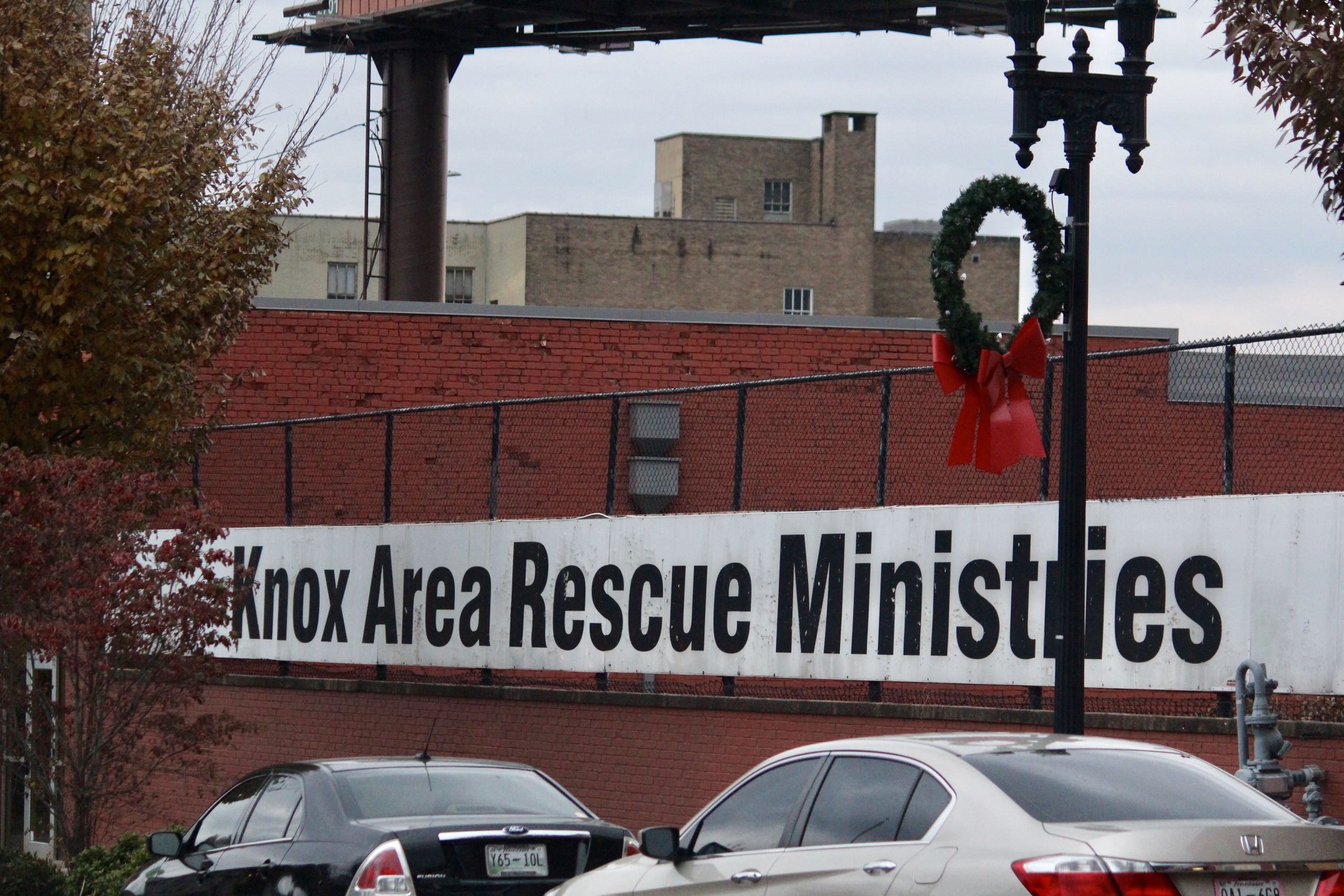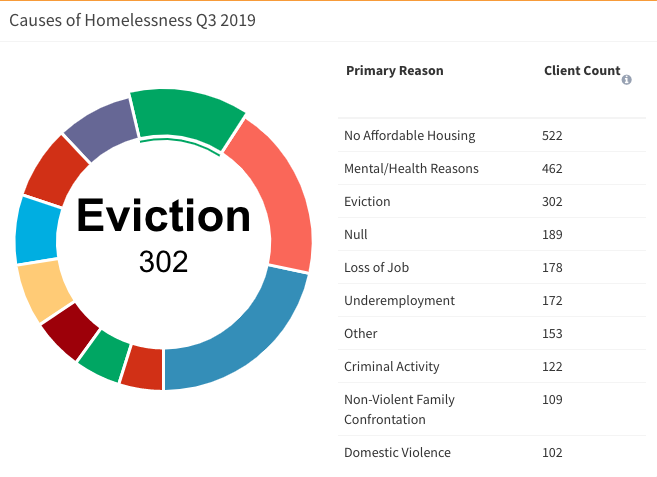No Policy Changes for the Homeless, Despite Ongoing Health Risks
After record high heat this summer in Knoxville, many people still left under the bridge

Knoxville, Tenn. -- While many residents can escape to an air conditioned house or apartment and grab a nice cold bottle of water in the middle of a hot summer, people living on the streets don’t have access to those day to day resources.
“Many people usually try to find a fast food restaurant, public library or church to try to find relief from the heat,” Misty Goodwin said in an email. Goodwin is the senior manager of Social Services for the Community Action Committee and oversees the South Knox Renew our Neighborhood Program.
Back in March of 2019, there was a meeting held in South Knoxville to discuss the concerns of the homeless in the area. When asked about particular concerns with the state of these people’s health, especially in high temperatures and heat waves, Goodwin said that this meeting was focused on residents who were not happy with the increase of homeless people in their area.
Heat records are becoming commonplace. Even well into October, Knoxville had a new record temperature of 96 degrees, compared with the normal temperatures between 54 and 76 degrees, according to the NOAA. In the summer alone, Knoxville temperatures averaged at upwards of 90 degrees, leaving not only everyday residents sweating, but homeless people outside on the streets struggling.

A former employee from AutoZone on South Chapman Highway in South Knoxville always got to see a couple of homeless people when he worked there. They would show up and stand outside to wash car windows while the customers shopped. The employee, who declined to be identified, saidHe said that often the two would come inside and enjoy the cold air conditioning, and the manager at the time would provide water and snacks if they were in need that day. The former employee said that before he left, the management changed, and the two homeless people were told to stop loitering and find else where to go. He added that he often now runs into the two at a nearby gas station, but they are often stuck sitting outside.
In a climate change report on Tennessee, it was found that “the warmer, wetter climate projected for Tennessee as a result of climate change will likely create negative health impacts.” Higher temperatures and heat waves will likely increase the number of heat related illnesses and deaths, as well as increase the demand for water supplies.
When it gets bitterly cold in Knoxville over the winter, the city has a “white flag” policy where the rules of people coming indoors are relaxed and more homeless are welcomed inside to shelter. When asked about a similar policy being created for the summer, Goodwin said that she was not aware of any shelter-based policy created to help those during the extreme heat.
“Volunteer Ministry Center also operates a Day Center for people who are homeless that are participants in their case management programs.” added Goodwin, suggesting that the homeless do have places like the VMC to turn to in times of need. While there are some shelters and places for the homeless and at risk to turn to, not all of them feel they can or do so.

Most spots are faith based organizations like the Knoxville Area Rescue Ministries. KARM is open 24 hours a day, where they provide for Knoxville’s vulnerable and desperate by supplying rescue services of food and shelter. They offer overnight, emergency and long term shelter, but only 400 people stay at KARM each night. The Salvation Army has a program to help those who need it to regain control of their lives through Christ. It’s a six month program of transitional housing with a place to stay, meals and a 24 hour support staff. There’s the Minvilla Manor, a historic building that Volunteer Ministry Center renovated and opened in 2010 for the chronic homeless to have a place to stay. There are specific requirements to stay there though. Everyone there must be experiencing chronic homelessness, they have to have at least a moderate disability, and they all pay rent based on their income. The minimum rent is $50 per month, so not just any homeless person can get in here.
These are all indoor places that some homeless people in Knoxville seek shelter; however, many are uncomfortable going to places like KARM due to smoking bans and a lights out policy. Dr. Lisa Reyes-Mason, a PhD Program Director and Associate Professor at the University of Tennessee who studies climate change and social justice, said that many of these people on the streets aren’t traveling alone. They are with their companions, such as a dog, and they won’t leave their pets out on the street to seek indoor shelter for themselves.
So the city decided in December of 2018, to create a new safe place for the homeless. It’s a 20,000 square foot day space under the I-40 Bridge off of Broadway. Equipped with benches and port-a-potties, it is also monitored by social workers and a security guard in hopes that they can encourage those on the streets to seek shelter at places like KARM. This space is not somewhere the homeless are allowed to sleep overnight though, just a space open from 7 a.m. to 5 p.m. where they can hang out.
The homeless population who aren’t enrolled in a case management program, who have a pet or don’t want to be a part of faith based organizations find other places to go after 5 p.m. They pitch tarp tents in the woods or find other hiding places around the community to rest, whether it’s 100 degrees or 10 degrees outside, they live with the stuff on their backs.
Mason’s research found that the “health status and social cohesion are negatively associated with health impacts of summer heat.”
The top three reasons people are on the streets or without a home is due to lack of affordable housing, mental health and eviction, according to the Knoxville Community Dashboard on Homeless. Mason says that there is a direct correlation between the Knoxville Utilities Board (KUB) bills and eviction.

It’s a dilemma nobody should have to face: “Turning on air conditioning in the summer, versus being worried that if you do that, your KUB bill is going to go up and you might get evicted,” she said.” Mason said that in the last few years TVA has put a lot of money into weatherizing homes for lower income families, so these homes would be more energy efficient and their utility bills would decrease.
Still many lower income families have to think about whether or not they could afford to turn their conditioning on, even this past summer when Knoxville suffered record high temperatures. By turning the AC on, it leads to the increase of their KUB bills which can eventually lead to eviction if left unpaid.
Dr. Mason added that while many families may have these concerns day to day, others like herself, may try to reduce air conditioning and heating use out of a personal concern for climate change, but not concerned about it because of finances.
Being able to afford rent in Knoxville is the top reason people remain homeless, while attempting to pay utility bills impacts a large population of current low income residents. According to Electricity Local, Tennessee’s residential monthly electric bill alone ranks 10th in the country, at 14.95% greater than the national average monthly bill.
So when these families KUB bills are too high and it leads to eviction, it leaves them couch surfing, on the streets and constantly trying to find a roof over their heads. This then leads to numbers like the 9,183 people who accessed emergency shelters and services in 2018, from the KnoxHMIS 2018 Annual Report on Homelessness. This report was 3 percent over the numbers from 2017, with 86 percent actually being homeless who seeked help, and the others remained in homes but were at high risk of losing everything.
Those who remain homeless in Knoxville may have some resources, and places to escape to over the winter if it gets cold enough; however, with climate change continuing to change creating extreme weather and temperatures rising throughout the summer months, there is still no indoor day space or permanent supportive housing.


